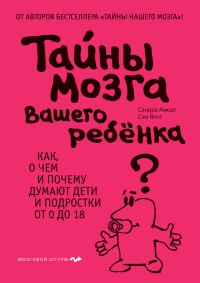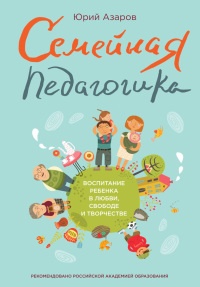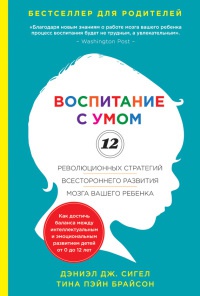Книга Законы естественного развития ребенка - Селин Альварес
Читать книгу Законы естественного развития ребенка - Селин Альварес полностью.
Шрифт:
-
+
Интервал:
-
+
Закладка:
Сделать
Перейти на страницу:
Перейти на страницу:
Книги схожие с книгой «Законы естественного развития ребенка - Селин Альварес» от автора - Селин Альварес:
Комментарии и отзывы (0) к книге "Законы естественного развития ребенка - Селин Альварес"












